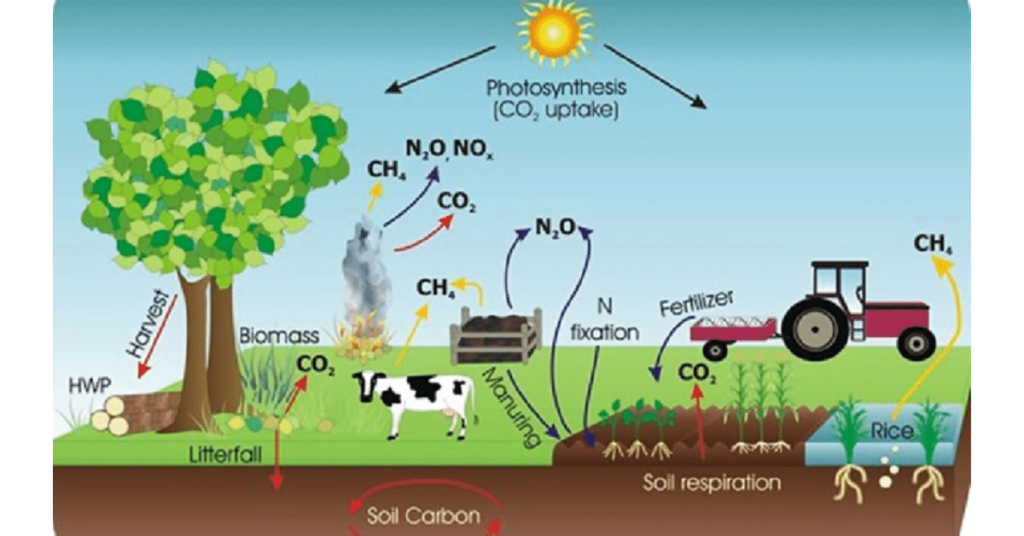“What is NPK in Fertilizer”
In the realm of agriculture, few topics hold as much importance as understanding the intricacies of fertilizer composition. At the heart of this discussion lies NPK fertilizers, a fundamental component in nurturing robust crop growth. NPK, an acronym for nitrogen, phosphorus, and potassium, represents the cornerstone of plant nutrition. These three elements, each with its unique role, form the backbone of fertilization strategies worldwide. Nitrogen fuels the leafy expanse of plants, phosphorus fosters robust root systems and flowering, while potassium fortifies overall plant resilience. Together, they weave a tapestry of balanced nutrition essential for thriving crops. So, what exactly is NPK in fertilizer, and why does it matter? Let’s delve deeper into this vital aspect of modern agriculture.
“What is NPK in Fertilizer” Read More »









